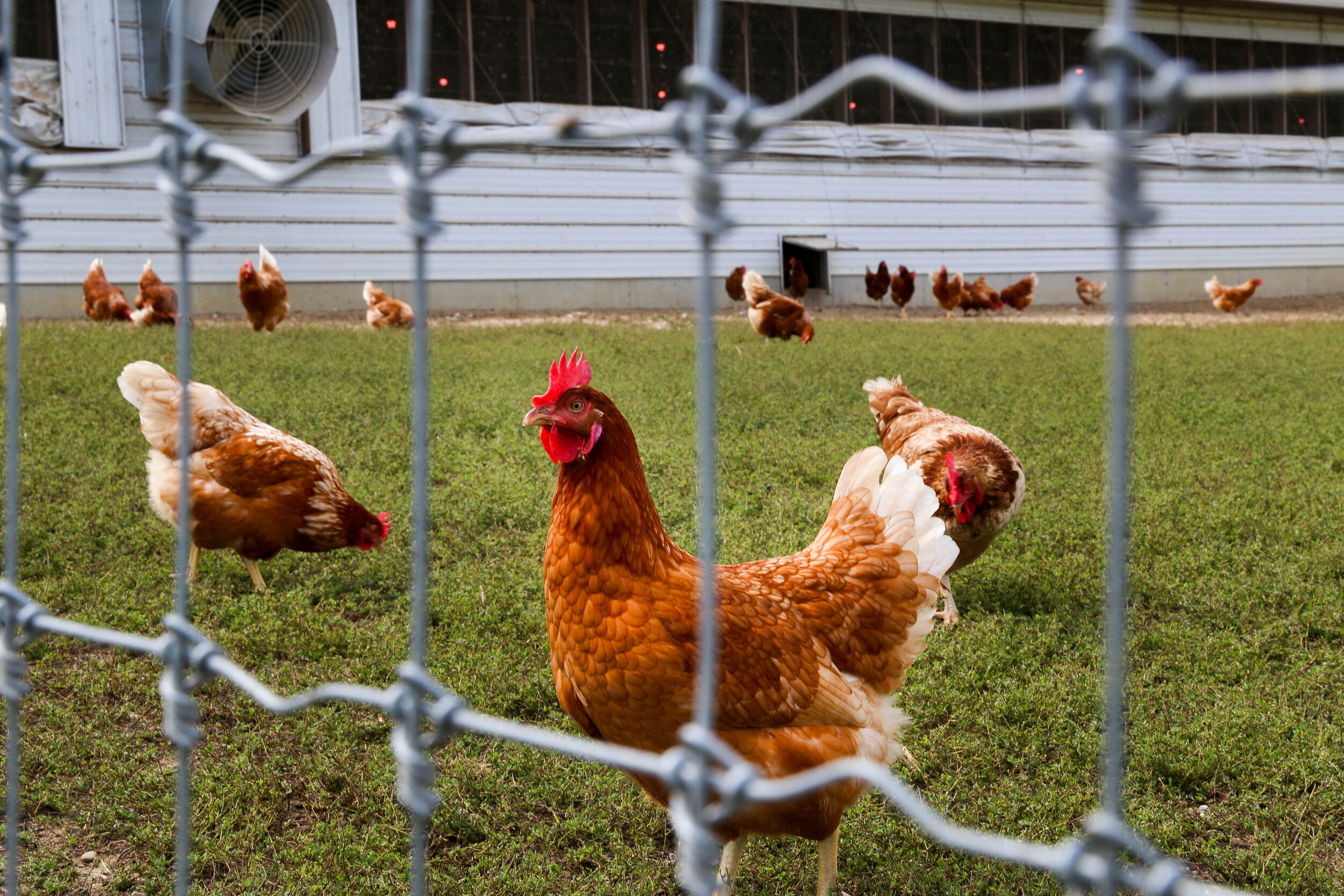100% Grass

We all want to imagine the food we eat coming directly from verdant pastures and happy creatures who have been nurtured like the precious resources they are. That’s why we take confidence in labels like “organic,” “wild caught,” and “grass fed,” especially when they appear to be verified by organizations we trust.
But when it comes to how beef in particular is raised, a recent study from the researchers at Greenacres Foundation shows things are not always as they appear.
To help consumers and producers alike better navigate murky marketing, Chad Bitler and his team at Greenacres partnered with Michigan State University for the two-part study, which gathered more than 700 samples from cattle ranches all over the U.S. (A second phase will begin next spring.) In addition to signing an affidavit confirming they market their products as grass fed, each rancher submitted a confidential questionnaire detailing their practices, answering questions on everything from feed and forage mix and age at slaughter to specific genetic information.
Like all scientific studies, the report is full of terms and concepts that stretch the layperson’s grasp, but its findings essentially boil down to this: All beef products contain a ratio of Omega 6 to Omega 3 fatty acids (Omega 6s cause inflammation in the body and Omega 3s reduce inflammation) and that ratio can vary wildly from one product to the next. In grain-fed animals, the ratio is typically 10 Omega 6s for every one Omega 3. For animals only grazed on grass their entire lives, that ratio moves closer to 2 to 1. Alarmingly, the Greenacres study revealed fluctuating ratios in products labeled as grass fed. Some were as high as 96 to 1, with an average of 28 to 1. This is concerning news for consumers who are trying to live a healthier lifestyle by making better decisions at the grocery store. Many believe that the traditional Western diet is to blame for the current rise in diabetes, cancer, and other diseases caused by inflammation from foods with high levels of Omega 6. Americans on average consume 27 Omega 6s to every 1 Omega 3.
“People are starting to understand the correlation between how food is raised and our overall health,” says Bitler. “Someday, we’ll be able to go into the grocery store and know exactly how our food was raised, whether it’s more trustworthy labels or sellers becoming more knowledgeable. As we begin to demand more transparency, there’s hope this will change for the better.”
100% grass-fed beef and butter contain a higher concentration of key nutrients, antioxidants, vitamins, and beneficial fats than their grain-fed counterparts.
Greenacres Foundation, Cincinnati Ohio
GRASS FED DOESN’T ALWAYS MEAN GRASS FINISHED
The study finds many grocery store products bearing the official-looking “grass-fed beef” label are actually sourced from animals raised on a combination of grass, soy, oils, grain byproducts, and harvested forages.
KNOW YOUR RANCHER
“All cattle eat grass for the majority of their lives, so they can still be labeled grass fed even if they eat grain for a time,” says Greenacres lead researcher Chad Bitler. Commercially raised cattle are often transferred to feedlots where they eat grain to quickly put on weight before slaughter. “That comes with health implications, since 100% grass-fed beef and butter contain higher concentrations of key nutrients, antioxidants, vitamins, and beneficial fats than their grain-fed counterparts.”
LABEL REGULATIONS
Adding to the confusion, in 2016 the USDA abandoned efforts to regulate grass-fed labeling, putting the onus back on meat producers to accurately report their feeding practices. But since farmers can charge a premium for grass-fed products, the lack of regulation raises the potential that some may label product as grass fed when it isn’t entirely so.
LOOK FOR 100% GRASS FED
“It’s a grim conclusion, but there is hope for consumers willing to invest a little extra time and money,” says Bitler. “Buying from a local farmer and knowing their practices is the best way to protect yourself. The second best thing you can do is pay close attention to packaging.”
Instead of basic “grass-fed” and “non-GMO” labels that leave an opening for grain-fed byproducts, Bitler says to look for “100% grass-fed” or “grass-fed and finished,” and those certified by reputable third-party organizations like the American Grassfed Association (AGA), Food Alliance Certified Grassfed, and Animal Welfare Approved (AWA).
Read the full report, “A Nutritional Survey of Commercially Available Grass-Finished Beef,” published in Meat and Muscle Biology, the official publication of the American Meat Science Association.
Greenacres’ researchers explore connections between agricultural practices and outcomes on soil health, food quality, and the environment. Additionally, through monitoring, we seek to understand our ecosystems to make informed management decisions. The data collected through our research efforts will be used to support the ideas which Greenacres was founded upon, namely: a generative and sustainable approach to agriculture, environmental stewardship, and educational opportunities for both ourselves and others.
Greenacres Foundation
8255 Spooky Hollow Road
Cincinnati, OH 45242
513-891-4227
The priceless support of these businesses and organizations helps to grow and sustain Edible Ohio Valley magazine. Please support them and pick up your copy while supplies last.






